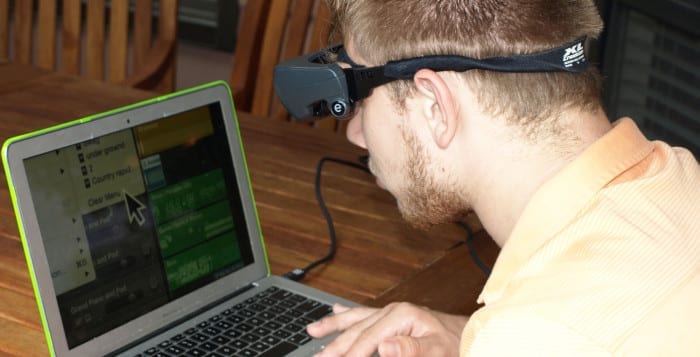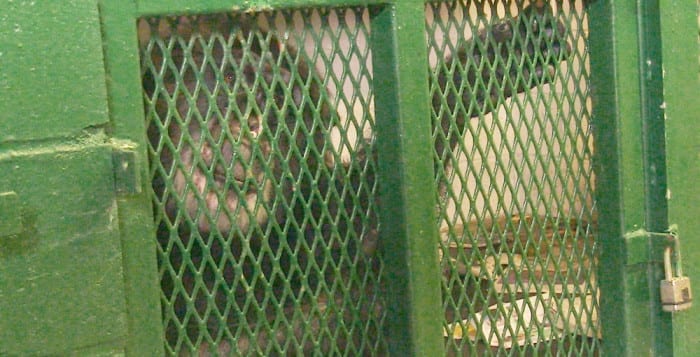LaunchPad Huntington is sponsoring a conversation between technology companies, educators and students in the hopes that it will spark creative collaborations and future Long Island-based jobs.
The conference will be both a showcase of emerging technologies and services and an in-depth panel discussion with education and industry leaders working to prepare students and adults for new employment opportunities.
The event, dubbed a STEAM Innovation Conference will be held on Tuesday, Nov. 17, at LaunchPad’s Huntington office from 3:30 to 8 p.m.
Phil Rugile, director of LaunchPad Huntington, said the conference is meant to combine science and the arts, to “merge two different parts of the brain.”
“My hope is to get a conversation started in media, education and business communities,” he said. “We need people to start thinking outside the box.”
The event starts with a 90-minute opening for public school students to browse exhibits set up by technology companies. A solar energy company and a virtual reality company are some of the businesses that will showcase exhibits at the conference.
“The really important question on Long Island is how do we get the students and the employers together,” Rugile said. He said that the skillsets of someone with a great sense of creativity and technology are really needed at a local level.
Originally this conference was designed to target professors and their curricula to produce more innovative thinkers.
Following the exhibits, there will be a networking hour, complete with dinner and music, where businesses and educators are encouraged to bounce ideas off each other.
The final part of the conference is a discussion by a panel of experts. Kenneth White, manager of Office of Educational Programs at Brookhaven National Laboratory, will moderate the talk. Panelists will include Victoria Hong, associate chairperson and assistant professor for the St. Joseph’s College Department of Mathematics and Computer Science, Andrew Grefig, director of curriculum and content at Teq and Nancy Richner, museum education director at the Hofstra University Museum.
“We’re constantly losing kids to Brooklyn and New York City,” Rugile said. “Let’s change the conversation. We need to provide opportunities.”












